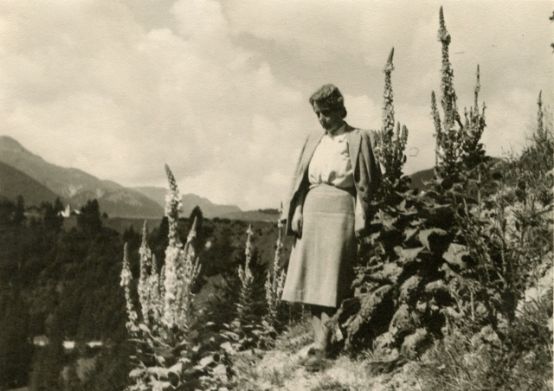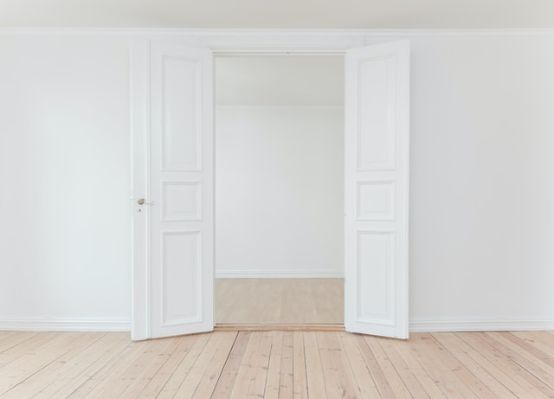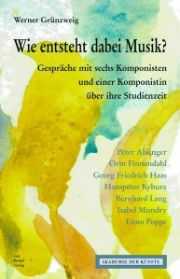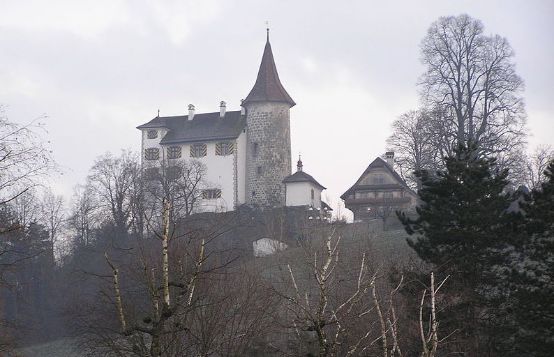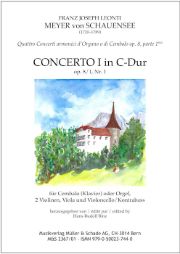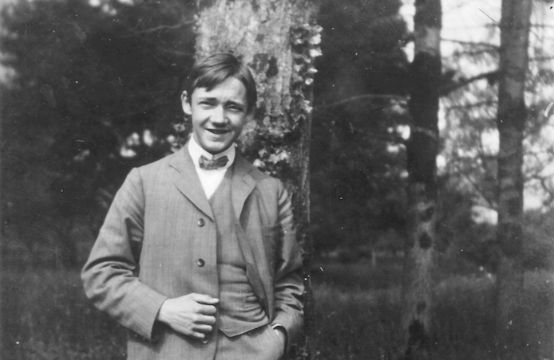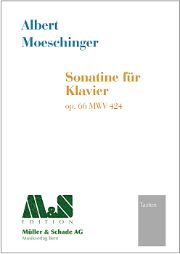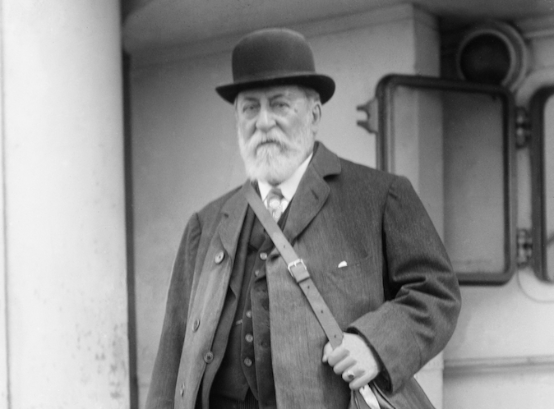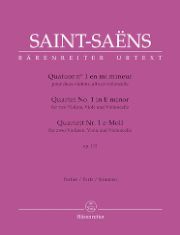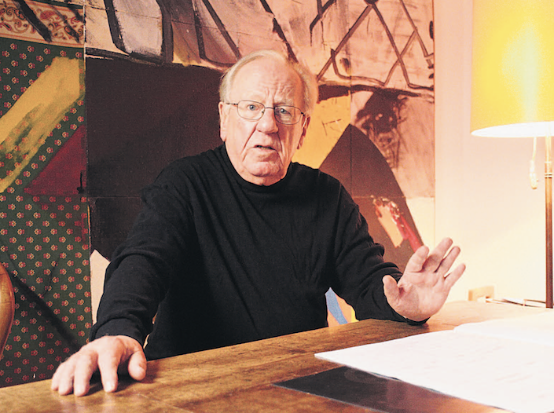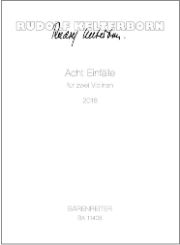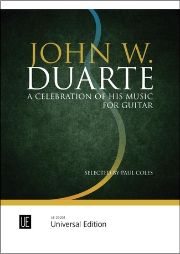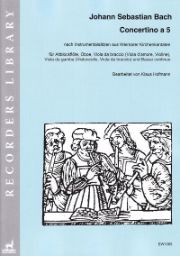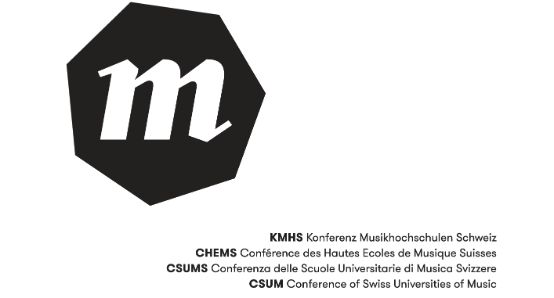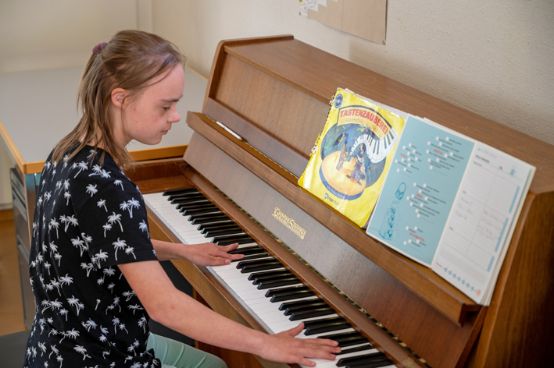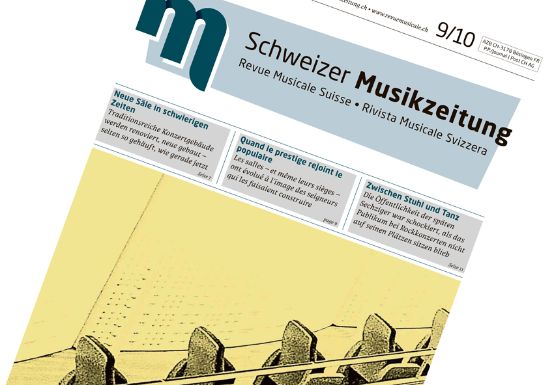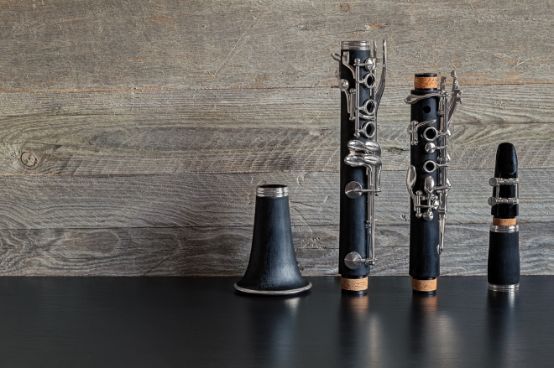Martin Neukom - The Institute for Computer Music and Sound Technology ICST is one of the two research institutes of the ZHdK Music Department. It employs 15 people, mostly in part-time positions, who work on a wide variety of research projects. The institute has research rooms, studios and offices in the Toni-Areal. From the various areas of specialization of the staff, such as engineering, perception, computer science, mathematics, sound engineering, generative art, media art, musicology, music theory, performance and composition, projects are developed in which the relationship between technology and musical practice is examined in an examination of the tradition of contemporary and electro-acoustic music using scientific and artistic research methods. Current research areas of the ICST are Interfaces & Augmented Instruments, Network-Based Composition and Performance Systems, Interactive Movement and Music, Musical Notation and Representation, Sonification/Acoustic Ecology and Immersive and Virtual Environments.
As different as the projects are, so different are the resources required and the methods used. Accordingly, applications could be programmed and texts written without any problems last semester, but the opportunities to use infrastructure, rehearse, carry out experiments or invite external scientists and composers were very limited. It became clear that not only the (digital) exchange between researchers is important, but also the processing and archiving of research results. The following examples show how individual research groups have responded to these particular challenges.
"The Art of Diagram", the successor to the SNSF project "Sound Color Space - A Virtual Museum" (https://www.zhdk.ch/forschungsprojekt/sound-colour-space-426348), has made great progress. Daniel Muzzulini's international team is working on historical diagrams from antiquity through the Middle Ages to modern times that explore and illustrate the concepts of sound, tone, pitch and timbre. A large collection of diagrams and accompanying scientific texts was published in a virtual museum in 2017 and made accessible for further research. Last semester, ICST decided to publish the results under the title "The Art of Diagram" in Gold Open Access ePub format (online and print). At the same time, the content of the virtual museum is being updated and new forms of presentation are being developed. Musicologists from various European countries and the USA are very interested in participating in this publication project. ZOOM meetings, which are hosted and documented by Susan F. Weiss (Baltimore), serve to exchange research results. In order to institutionalize this collaboration, Daniel Muzzulini and Susan F. Weiss have applied for the research group to be accepted as a Study Group Musical Diagrams of the International Musicological Society IMS.
The SNSF research project "Performing Live Electronic Music" (2018-2022, led by Germán Toro Pérez) did not have any significant restrictions, as this six-month period was intended as a documentation phase in which the team wrote detailed reports on the 12 compositions realized so far and completed the audio and video documentation. This was mainly done from the home office, which worked well. Some planned recording dates for the next SACD had to be postponed. The 12 articles will be published in the "Performance Practice Database" by the end of August.
Lucas Bennett and Tobias Gerber have worked with the Media and Information Center MIZ to develop a concept for recording and archiving the materials from the ICST residencies and are in the process of recording the data sets in the MADEK media archive. The SNSF project "Haptic Technology and Evaluation for Digital Musical Interfaces" (HAPTEEV) focuses on the development and evaluation of digital musical interfaces with haptic feedback. Current research topics are design, vibration characterization and experimental evaluation of both new and extended commercial interfaces. The technical work and measurements could be carried out when the ICST workshop could be used again. However, a planned experiment with ZHdK students as participants had to be postponed. Programmers and composers have been working on the development of tools for the production and reproduction of 3D sound since the ICST was founded. Last year, Johannes Schütt and Christian Schweizer developed the ICST Ambisonics Plugins version 2.0 (https://ambisonics.postach.io/page/icst-ambisonics-plugins). Programming and testing were completed. Practical tests with composition students and guest composers, who have their own procedures and sound ideas, are very important for assessing the usability of these plugins and the documented workflows. Unfortunately, these tests had to be postponed.
Martin Neukom
... is a lecturer at the DMU of the ZHdK and a research assistant at the Institute for Computer Music and Sound Technology.
Actualités et perspectives de recherche à la HEM de Genève
Rémy Campos - For several years now, the Haute école de musique de Genève has been supporting research projects in all the artistic fields covered by its courses. We will mention just three of the most recent.
Le premier est un projet international consistant à imaginer un outil informatique d'aide à l'orchestration. Intitulé ACTOR (Analysis, Creation and Teaching of Orchestration), il a été initié par Stephen Mac Adams (McGill University) et associe des universités, des centers de recherche et des écoles d'art en Amérique du Nord et en Europe. In Geneva, Éric Daubresse has animated a team of teachers and students in composition (following the departure of our colleague in October 2018, it is Gilbert Nouno who has taken over responsibility for the project). The originality of the logiciel is that it allows you to test combinations of timbres using your computer as a virtual orchestra.
In a completely different field, William Dongois has succeeded in exploring the secrets of a treatise on music written by Silvestro Ganassi and published in Venice in 1535: La Fontegara. Premier ouvrage consacré uniquely à l'art de la diminution, il expose l'art d'orner les mélodies qui s's perdu au cours des siècles. With the help of numerous partners and by bringing together artists and researchers together with musicians in training, the project has varied the approaches from the conception of a logic of analysis of the forms of diminution to a dialogue with the musical traditions of Renaissance Italy (India, the Balkans, etc.).
Finally, the project realized by Jérôme Albert Schumacher focuses on the use of digital tools in a pedagogical context. The aim of the study is to define the place and role that instrument and chant teachers give to new teaching tools. The present study is a review of the different uses in music schools of the resources and tools available, with a particular focus on digital technologies (applications for smartphones and/or tablets).
We can ask ourselves to what extent the current health crisis can disrupt the work of the committed teams. The ambitious projects do not rely on an intense circulation of ideas and people? The remote working tools that we have all experienced over the past few months have already shown that the reduction in mobility should not be a limiting factor for large collaborative companies. In addition, artistic research - like the musical practice it focuses on - requires regular meetings with the public. In this field, too, the limits are never forgotten.
It is therefore important to note that, in the years to come, artistic research, of which innovation is the private domain, is set to enter a period in which the forms of the musician's profession will have to be reinvented.
Rémy Campos
... is coordinateur de la recherche à l'HEM.
News from the Institute of Interpretation at Bern University of the Arts
Martin Skamletz - In 2019, Bern University of Applied Sciences BFH set up a repository for research publications, which are increasingly available in open access, and renamed the previous research focuses of Bern University of the Arts BUA as institutes. The resulting Institute of Interpretation continues to focus its activities on externally funded projects and does everything in its power to make its findings fruitful in the long term within the university and in collaboration with external partners. For example, the "Geisterhand" project series on interpretation recordings on Welte and other paper rolls as "Magic Piano" has entered the phase of broad-based mediation activities as part of an Agora project financed by the Swiss National Science Foundation SNSF - under the leadership of Thomas Gartmann, who is also involved in projects relating to the archive of the Swiss Association of Musicians STV and a collection of bootleg recordings from the 1970s to 2000s from New York opera houses acquired by the BUA. There will be an online conference on this at the beginning of September, while an international Welte networking event in collaboration with Stanford University - already planned for last June but postponed for obvious reasons - will hopefully take place in Bern and at the Museum für Musikautomaten Seewen in 2021.
Another Agora project based on a series of projects on historical wind instruments dating back to the beginnings of HKB research will soon be completed. It has developed the special exhibition "Fresh Wind" at the Klingendes Museum Bern, which is headed by Adrian v. Steiger in personal union with the HKB research field "Musical Instruments". The already successful initiatives to offer HKB students the opportunity to play on historical instruments from the museum are currently being put on a long-term footing through foundation funding.
The lecturers in music theory are also very active in the transfer of research results into teaching, participating in projects on the institutional development of theory teaching in the 19th century together with the musicologist Claudio Bacciagaluppi in the research field of the same name.
The research field "Performance and Interpretation" is coordinated by Annette Kappeler, who is herself conducting research into a hitherto little-known northern Italian theater of the early 19th century as part of an SNSF project. We are celebrating the Beethoven Year in collaboration with the Conservatorio della Svizzera italiana in the form of a symposium "Beethoven and the Piano" initiated by Leonardo Miucci at the beginning of November in Lugano.
Recent years have seen an increase in activities relating to "interfaces of contemporary music". They are being developed by Leo Dick, who is investigating "Advanced music theater and collective identity formation in Switzerland since 1945" in his SNF Ambizione project. Roman Brotbeck's Mikroton project in collaboration with the Hochschule für Musik Basel and Chris Walton's examination of Swiss cultural policy in South Africa during apartheid also belong in the context of this field of research. This summer, Andreas Schoenrock took over the further development of the popular music research established by Immanuel Brockhaus in recent years. As head of the MAS Pop & Rock, he will also ensure cooperation with the HKB continuing education program. The doctoral program "Studies in the Arts" in collaboration with the University of Bern is running successfully; in the 2021/22 academic year, the BUA will also begin participating in the artistic-scientific doctoral program of the Anton Bruckner Private University Linz, and further collaborations are being planned.
Martin Skamletz
... is head of the Institute of Interpretation at the HKB.
